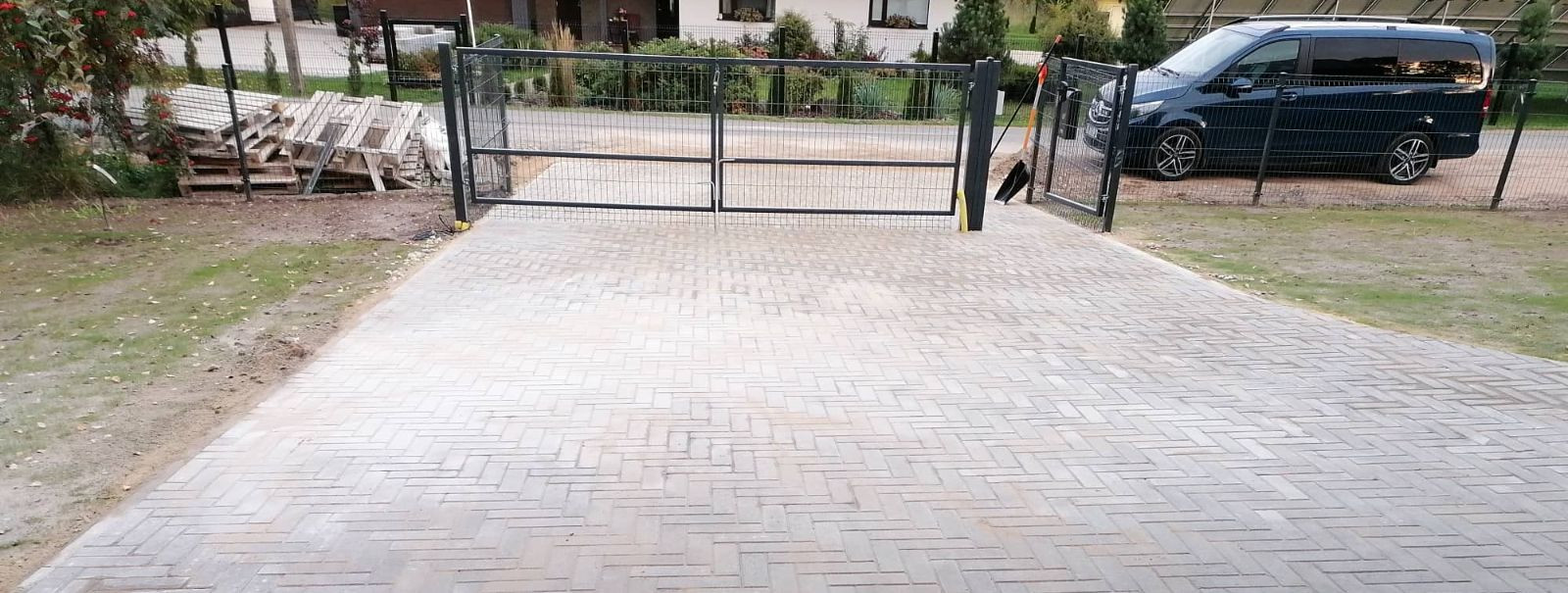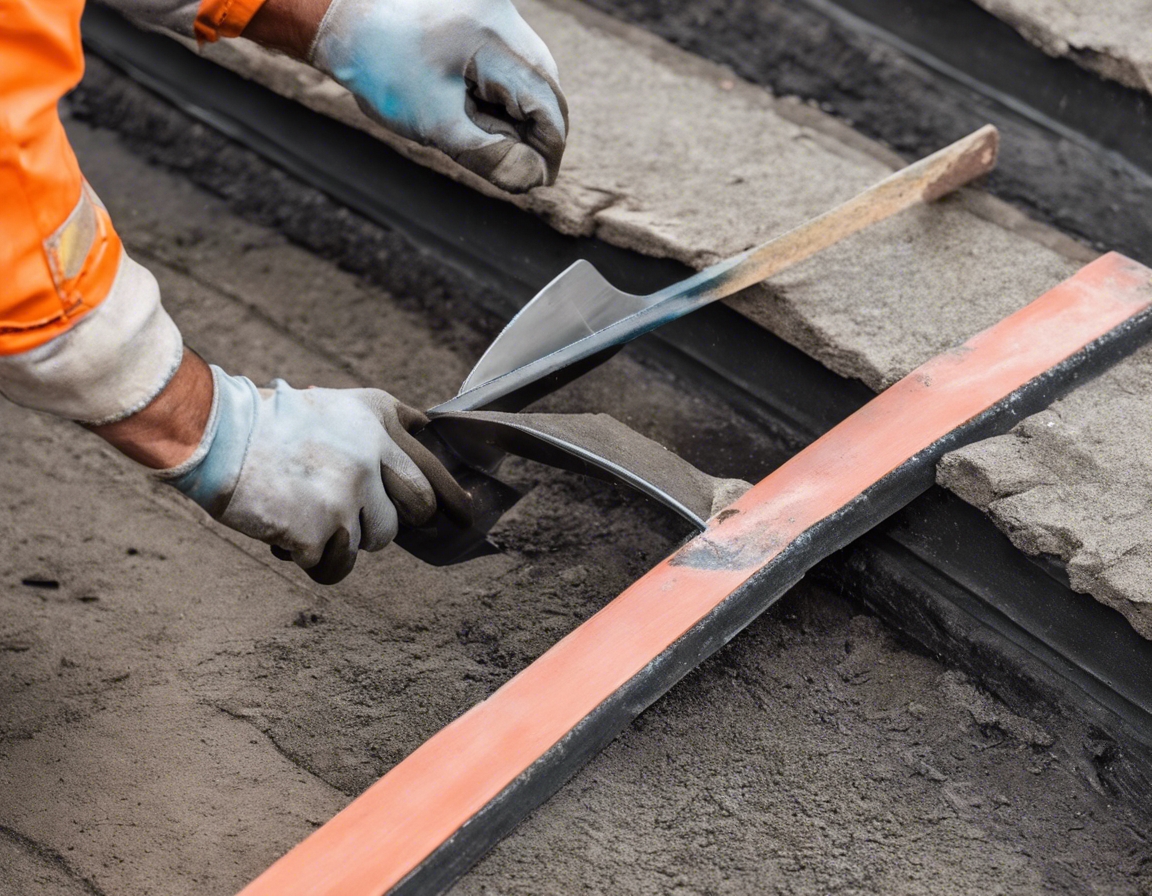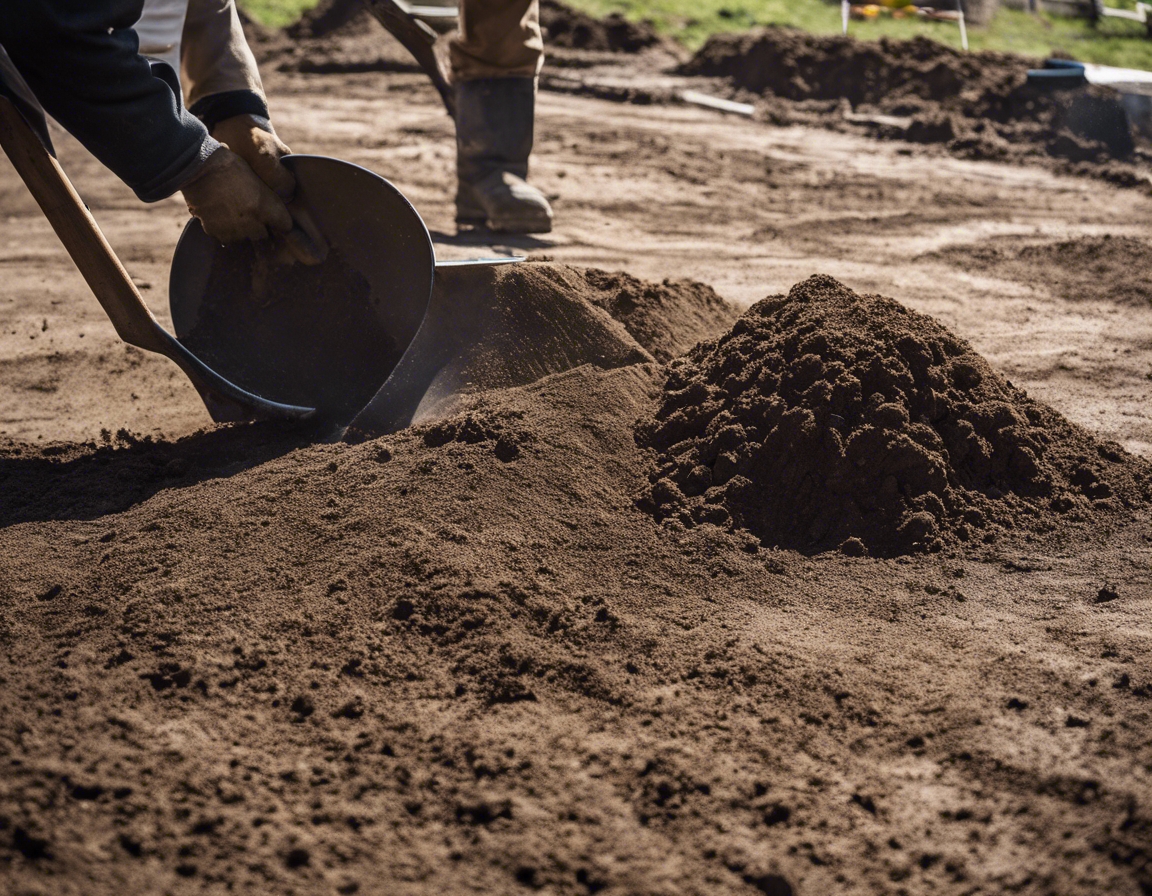The art of combining stone shapes and colors in paving
Paving is not just about creating a functional surface for vehicles and pedestrians; it's an opportunity to enhance the visual appeal of a property. The right combination of stone shapes and colors can transform a simple pathway or driveway into a work of art, adding value and character to any space.
Stone paving involves the use of natural or manufactured stone pieces to create hard surfaces. It's a preferred choice for its durability, versatility, and timeless beauty. Before diving into design, it's essential to understand the types of stones available and their suitability for different applications.
Stone Shapes in Paving
From classic rectangles and squares to more intricate hexagons and irregular shapes, the variety of stone shapes offers endless design possibilities. Each shape can set a different tone and style for the paved area.
Selecting the appropriate stone shape depends on the project's scale, the desired aesthetic, and practical considerations such as foot traffic and vehicle load. It's crucial to balance form and function to achieve a lasting and pleasing result.
Color Theory in Paving
Color can influence mood and perception. In paving, the choice of color can make a space feel more welcoming, larger, or more intimate. Understanding color theory is key to selecting a palette that complements the surrounding environment.
When it comes to paving, there's a spectrum of colors to choose from. Natural stone hues range from subtle earth tones to striking blues and greens, while manufactured stones offer even more variety. The right palette should harmonize with the property's existing colors and the landscape.
Combining Stone Shapes and Colors
Designing a paving project involves more than just picking stones at random. It requires a thoughtful approach to how different shapes and colors interact. Principles such as balance, proportion, and repetition guide the creation of a cohesive design.
Texture and pattern play a significant role in the overall look of a paved surface. The texture of the stone can affect its slip resistance and visual depth, while patterns can guide movement and draw attention to specific areas.
A successful paving design strikes a balance between harmony and contrast. Contrasting colors or shapes can highlight features or define areas, while harmonious elements blend seamlessly with the environment.
Installation and Maintenance Tips
Proper installation is critical to the longevity and appearance of a paving project. Hiring professionals ensures that the stones are laid correctly, with attention to detail that DIY efforts may miss.
Regular maintenance is necessary to keep paved surfaces looking their best. Simple actions like sealing, cleaning, and weed control can protect the investment and maintain the aesthetic appeal over time.






Comments (0)